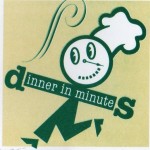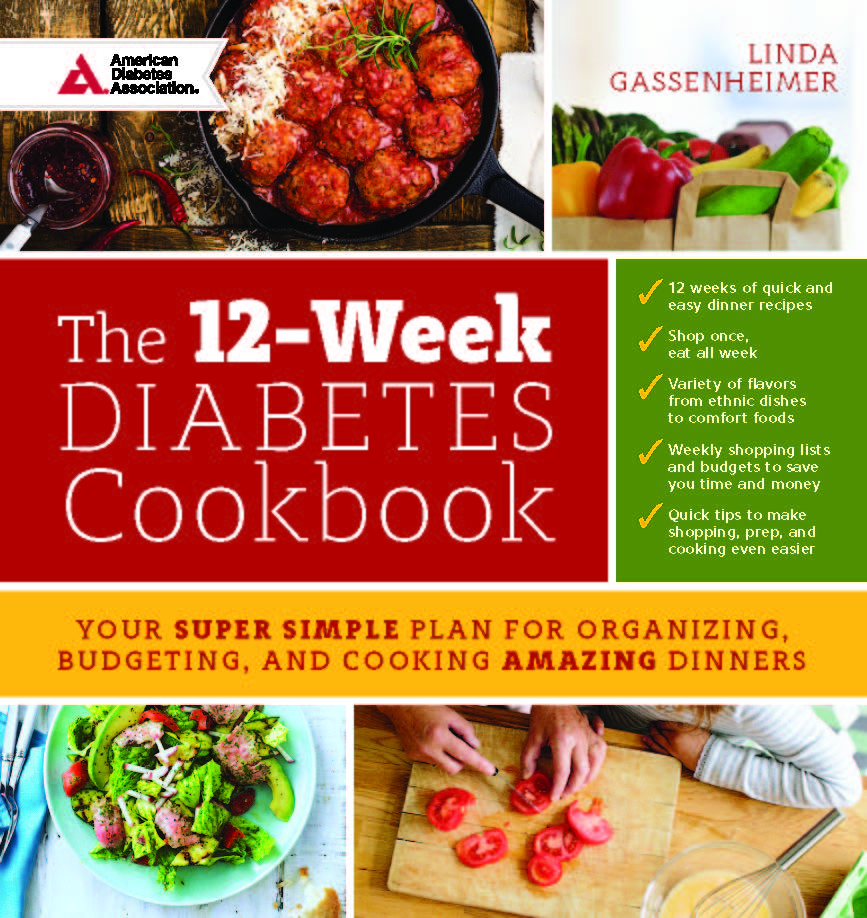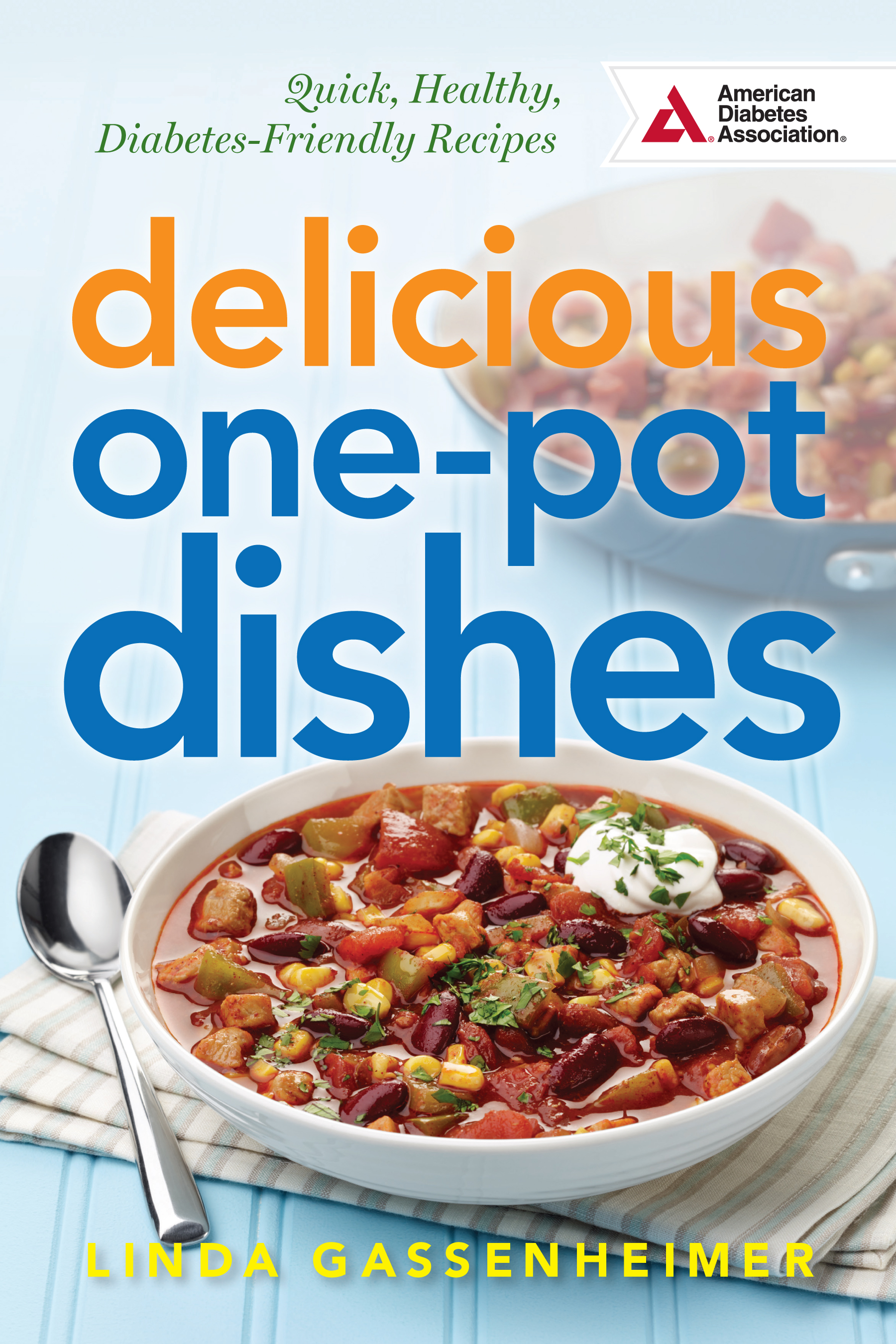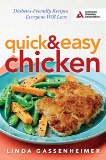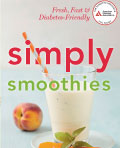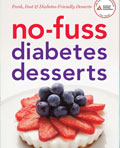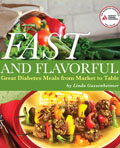Cooking 101 answers to questions on today’s program
Pasteurized: These are eggs that have been pasteurized to reduce the risk of food-borne illness in dishes that are not cooked or only lightly cooked. You can find them in whole eggs in the shell or as liquid eggs. Tests have shown that there is very little difference in taste between these and regular eggs, some tests showed no difference. I like to use them in recipes that aren’t cooked. Chocolate mousse, caesar dressing. They take a little longer to whip up than other eggs.
Hard boiled eggs – they can be difficult, they may be too rubbery, have a greenish line around the yolk, or not even be cooked through. Here are some tips. Place them in a saucepan, cover with cold water, place over high heat. As soon as the water starts to boil, remove from heat and cover with a lid. Let sit 10 minutes – 12 minutes for large eggs. If it boils too fast the white of the egg will become rubbery. Serve right away or place in a bowl of ice water to cool completely. This als helps prevent the greenish ring around the yolk. It happens when the egg is cooked for too long at a high temperature.
Soft cooked
For soft boiled, use the same method but count 60 seconds once water simmers for very soft, another 30 seconds for firmer. Serve immediately.
Rice
Cooking rice: usually a recipe calls for double the amount of liquid to the rice, so 2 cups liquid to one cup uncooked rice. I find that unless you have a pan with a tight fitting lid, it usually needs more liquid than that. So you need to watch it towards the end of the cooking time. I like to cook rice like pasta. Add it to boiling water and let cook 10 minutes. Drain and dress the rice. It gives fluffly rice every time and there’s no need to measure and watch it.
Knives
Knives: you really only need 4 maximum. One large 13 inch chef’s knife, a small 6 inch pairing knife and a serrated knife to cut fruit. And i add a fourth bread knife. Cutting bread with a regular knife will dull the knife. So if you slice your bread, buy a serrated bread knife.
Pots and pans
I just help outfit a small nyc kitchen for a friend. All that is needed is a large pan for pasta, a medium saucepan, a large 12-14 inch skillet and a small 8to 10 inch skillet.
Pastry crust for joe
It’s not difficult: here are some tips without getting too technical
The secret is to make sure everything is cold. The fat just out of the refrigerator and the water ice cold. You need a yellow fat and a white one. Yellow for flavor, white for flaky texture. You can mix the fat and flour in a food processor, but i do not add the water in the processor. It is difficult to get the right texture. Add the mixture to a bowl. Slowly add the water until the mixture forms a ball, depending on the humidity in your room, you may need more or less water than what is called for. Or you don’t need a food processor, cut the fat into the flour with two knives. The point here is to keep the fat from melting into the flour. You’ll see this if the flour starts turning yellow. That gives a tough result. If this happens place the bowl in the refrigerator to cool before adding the water.
Once it starts coming together, knead it slightly, don’t overwork the dough it will become tough. Place in a plastic bag and refrigerate for at least a half hour. The gluten in the dough needs time to relax before baking.

